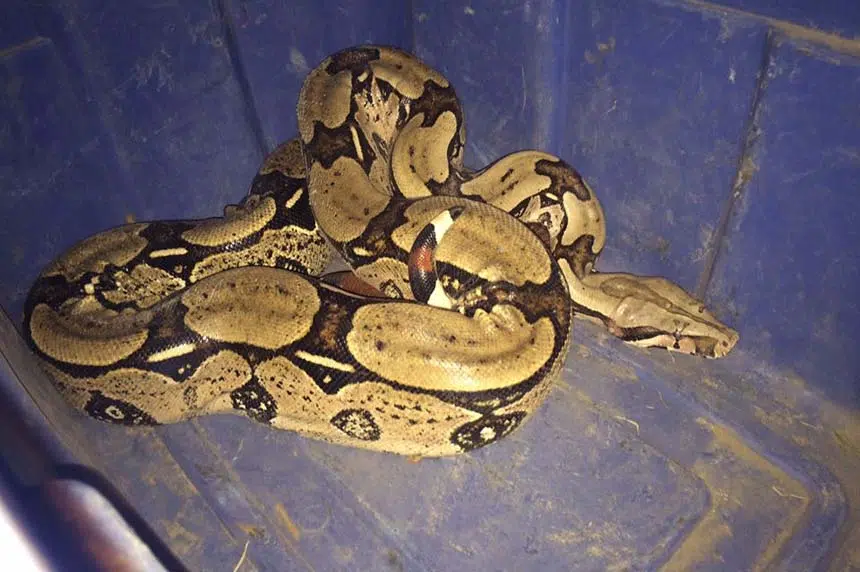
#Bowa constrictor snake skin#
Free-ranging individuals of several additional species of non-native giant constrictors (which include anacondas, pythons, and boas) are regularly discovered in various parts of the United States, including a 95-pound boa constrictor recently captured on No Name Key in the Florida Keys after being on the loose for several years, the shed skin from a large Burmese python in extreme southern California, and a yellow anaconda ( Eunectes notaeus) from Big Cypress National Preserve in Florida. Boa constrictors ( Boa constrictor) are known to be established in south Florida, and recent evidence suggests that a reproducing population of northern African pythons ( Python sebae) exists there as well. A population of Burmese pythons expanding from Everglades National Park is conservatively estimated to number in the thousands 1. The best-documented case of an invasive constrictor snake in Florida is that of the Burmese python ( Python molurus bivittatus). These snakes constitute an exceptional threat to the integrity of native ecosystems in Florida and similar environments in which they now thrive.

Fish and Wildlife Service (FWS), FORT scientists Robert Reed and his team are investigating the ecology and control of giant constrictors in Florida.

Because eradication on Guam is largely infeasible given available control tools, the brown treesnake is now the subject of efforts to prevent its spread to, and colonization of, other Pacific islands including Hawaii.Īt the request of the National Park Service (NPS) and the U.S. Lost power sales due to snake-caused power outages can total more than $1 million per year, and this figure does not include economic damages due to impacts on business and tourism, poultry production, loss of pets, and bites to humans. This snake has caused the extirpation of 10 native species of songbirds and several species of lizards and bats on the island. For more than 20 years, they have been involved with the invasive brown treesnake ( Boiga irregularis) on the island of Guam. USGS Photo.įort Collins Science Center (FORT) scientists are intimately familiar with snake invasion research and prevention. An Everglades Park ranger holds a Burmese Python by the tail.


 0 kommentar(er)
0 kommentar(er)
